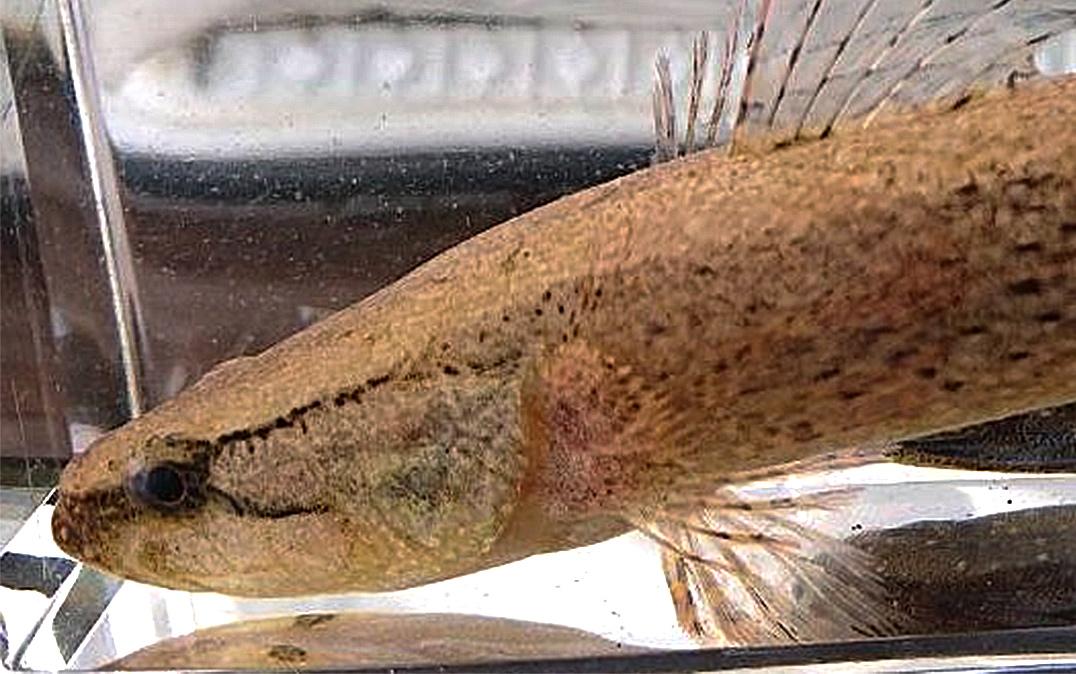Research News
Something Fishy Going On? Recent Discovery Hints at Northward Shift in Fish Distribution

The recent discovery of a sleeper fish in Akita Prefecture, Japan, by researchers from the University of Tsukuba is a first for this area and the northernmost record for this species.
Ueda, Japan—The sleeper fish Eleotris oxycephala is found in freshwater streams and estuaries from tropical to temperate zones. The recent discovery of an individual of this species much further north than previously recorded suggests that the range of this species may be expanding in Japan.
In a study published this month, researchers from the University of Tsukuba report the discovery of a juvenile Eleotris oxycephala in Akita Prefecture in northern Japan. Eleotris oxycephala is an amphidromous fish, meaning that the fish are born in freshwater streams or estuaries, drift out to the ocean as larvae, and then migrate back to freshwater systems to live out their juvenile and adult stages. In Japan, Eleotris oxycephala has previously been found from the Osumi Islands in the south to Ishikawa and Fukushima prefectures in the north. The recent finding of a juvenile in the Yoneshiro River system in Akita Prefecture extends the known distribution of the species approximately 500 km northeast.
"We think that the juvenile most likely reached the Yoneshiro River from the south via larval dispersal in the Tsushima Current," says lead author of the study, Professor Yoshiaki Tsuda. "No adults were found, and it is unlikely that this species could mature and reproduce in this river because the winter water temperatures are too cold."
The seasonally variable Tsushima Current runs in a northeasterly direction along the Sea of Japan coast, between Japan and Korea/China, and helps to disperse many fish species.
"Reports of Eleotris oxycephala have been increasing along the Sea of Japan coast since 2000," explains Professor Tsuda. "This can be partly explained by an increase in the number of fish surveys being conducted, but warming water temperatures could also be playing a role."
Poleward range shifts associated with increasing temperatures have been observed for many species globally. Temperatures in the Sea of Japan have increased by about 1.5 °C in the last hundred years and are continuing to rise. In Japan, a number of southern fishes have already shown northward range extensions and the possible northward movement of Eleotris oxycephala should be monitored.
Original Paper
The article, "Northernmost record of Eleotris oxycephala (Gobioidei: Eleotridae) based on a juvenile specimen from Akita Prefecture in northern Japan: range extension along the Sea of Japan coastline" was published in Biogeography at DOI: 10.11358/biogeo.23.6
Correspondence
Associate Professor TSUDA Yoshiaki
Faculty of Life and Environmental Sciences, University of Tsukuba






